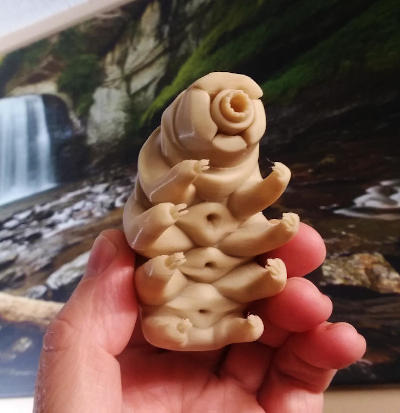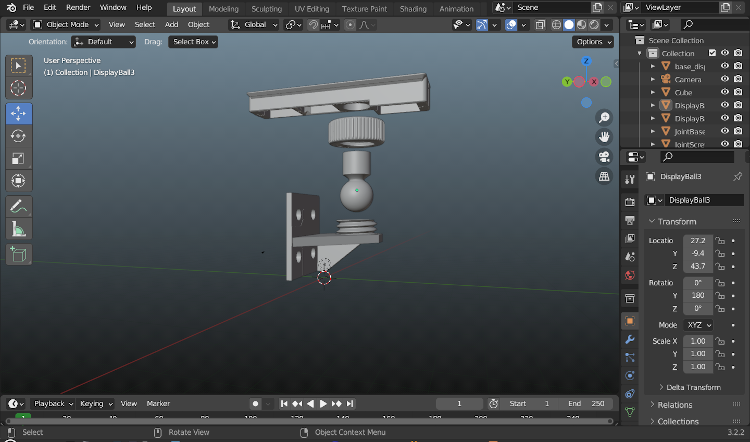Back when I worked at an auto-parts store, I was familiar with the idea of the tinkerer, and even worked with someone who had a “Tuner Cult” decal on their car. In essence, it the person who is perpetually working on cars, improving, upgrading, tweaking this that and the other thing because if there’s any room for improvement, they can’t rest until this has been accomplished. Which is a never-ending quest, because someone always comes up with something new to be changed on any given automobile, especially the popular “performance” models.
I always viewed this with quiet dismissal – while I like having a decently-performing car, it’s not a competition, and I don’t judge anyone on their car and couldn’t care less if they judged me on mine, plus I could always find better things to spend money on. Hell, I don’t even spend that much on photo equipment.
But…
Back in March I picked up a small, second-hand 3D printer. I used to do a lot of model work when I was younger, cars and planes and spaceships, and still keep my hand in even though I don’t work on kits 1/10th as much as I used to, so the idea of producing my own parts and designs was pretty compelling – I’ve done it the old-fashioned way plenty of times before, combining parts or outright carving what I needed, but that was small potatoes compared to fabricating an entirely original design. Yet, I knew they were expensive and the learning curve for both the printer itself and the software for 3D design could be steep; I wasn’t anxious to delve into this for the occasional model work that I was doing. Still, when the basic printer came up for much less than I’d thought I’d ever have to spend, I took the chance and started learning all this stuff about fused deposition modeling.
It’s safe to say that I fell into this trap like a sucker, and am as bad as any tuner cultmember now. Not only did I do several serious upgrades to that little machine, in early November I picked up another, larger model, and have been upgrading that while printing dozens of designs – most of them not my own, I admit. However, I am getting my uses out of them and having an absolute blast.

The ‘upgrade’ thing needs some clarification too. While it implies that the printers aren’t as carefully designed or built as they could be, which is true in some cases, it’s more often the idea that someone found ways to improve performance or usability, very often by 3D printing parts for the very machine, and shared them with others; the 3D community is vast and extremely helpful. 95% of the time, any issues can be resolved with a websearch and a few tweaks, or perhaps a new part, and within two days of the arrival, I’d already added a better filament feed system, some slot covers to prevent collecting debris within, and a corner tool stand – that I also altered the design of to accommodate my own preferences (it needed a spot for forceps.) A lot more has been added since, and for christmas I received a few more upgrades intended to seriously expand performance and capability – and here I am typing up a post…

The most used material, by virtually everyone, is PLA, or poly-lactic acid, which is essentially corn starch – seriously. It’s non-toxic, produces no harmful fumes during printing (a faint sweet smell, actually,) and is biodegradeable. And you couldn’t distinguish this from the plastics of your smutphone case or computer keyboard. Other materials are available of course, optimized for usage and not as environmentally friendly, but overall the impact is significantly less that you’d expect.
So, I have something to keep me occupied through the slow winter months, that stimulates my creative proclivities and gives me some more challenges – I’m cool with that. Kind of obsessed, really, but until the bugs and lizards come back out I’ll be able to keep busy and grumble about the weather less.




















































